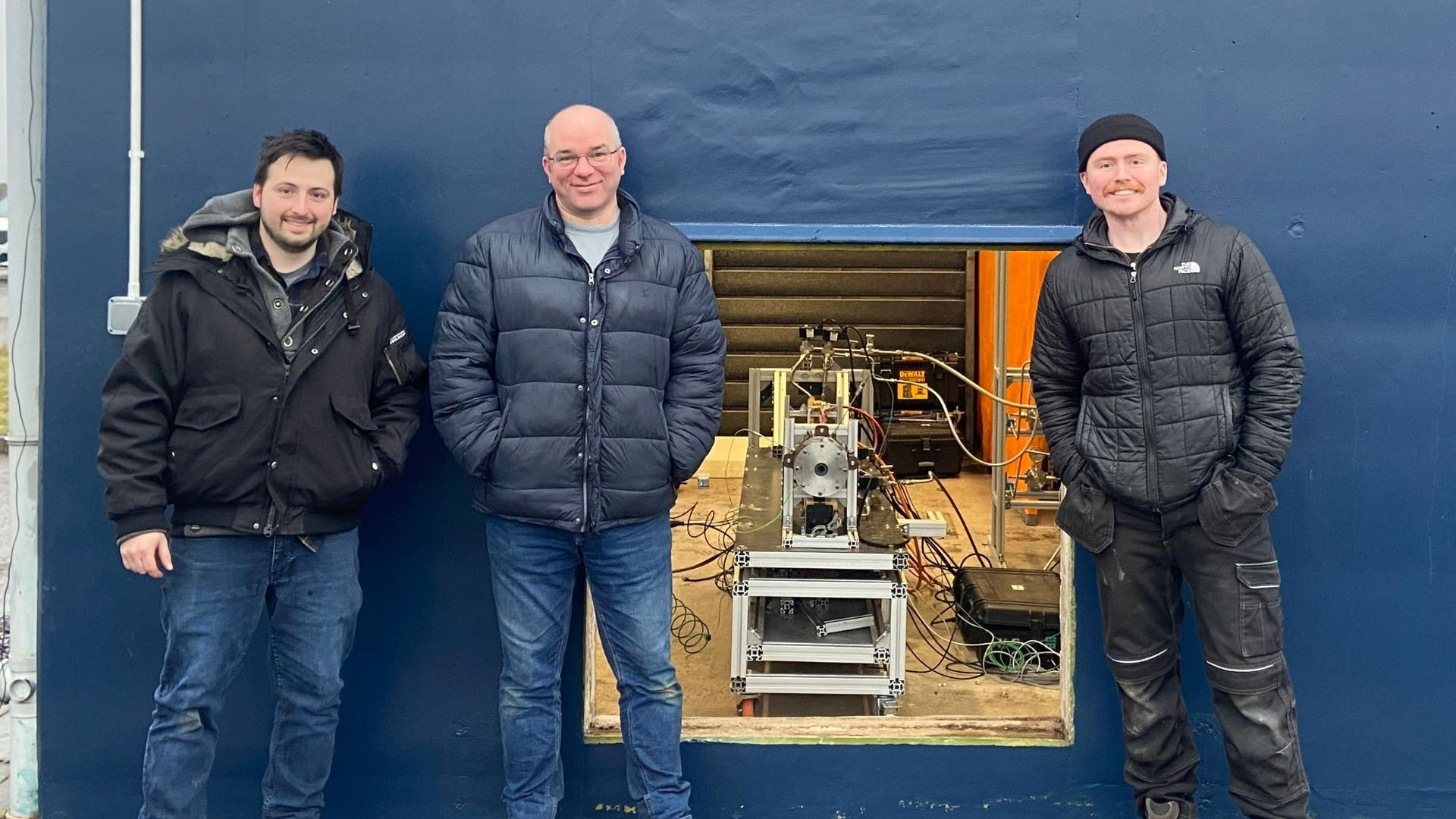The main combustion chamber in rocket engines can reach temperatures of up to 3,500 Kelvin (5,840 OF), which is well beyond the melting point of most metals, so one has to wonder, how exactly are these contraptions kept from melting down quickly? The answer is, by deploying multiple cooling systems.
- Heat Sink – Simply put, this approach is to make the walls so thick that the layer of metal won’t be heated enough to melt before the rocket runs out of fuel. This approach is more suitable for maneuvering thrusters rather than engines that operate continually for several minutes.
- Rich Fuel Oxidizer Ratio – When the fuel mixture is rich, slightly off from the ideal ratio, the thermal load will be lower without harming the efficiency by a lot. That’s especially the case when the engine was specifically designed for operation on rich mixture.
- Ablative Cooling – This method involves the vaporization of a protective composite layer usually made of carbon. This layer essentially keeps the heat away from the metal, for as long as the layer lasts of course.
- Regenerative Cooling – This entails running the fuel through the walls and nozzle of the combustion chamber before it reaches the injectors. This has a cooling effect while preparing the fuel for burning, helping it reach an optimal temperature.
- Film Cooling – Injecting fluid between the nozzle surface and the combustion chamber creates a boundary between the wall and the combustion gas, providing a very effective thermal insulation. Fuel close to the wall doesn’t react due to a lack of oxidizer, but still changes phase to become a gas due to surrounding heat, so a protective heat-absorbing layer is created.
- Radiative Cooling – When you see a rocket engine glowing bright red, that’s radiative cooling in action. It’s typically used in small nozzles made out of thin metal like a niobium alloy, helping engines transfer heat in space via radiation, since there’s no air to capture it through convection.







